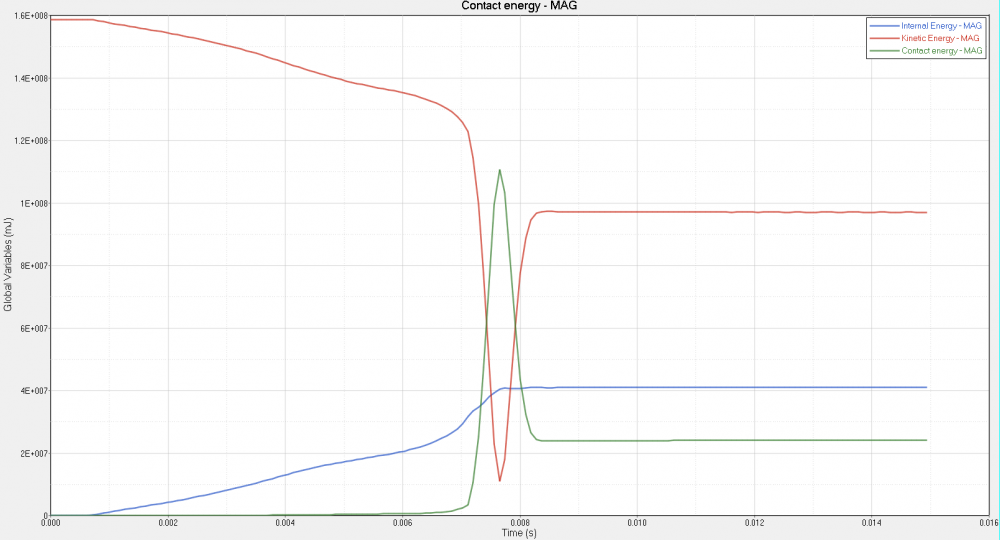Hello all,
I am trying to run a pole impact simulation for a side sill. The following are the plots i got for the diff global variables. However, the contact energy seems to be too high, and the kinetic energy even after impact has a very high value. What could be the reason for this? I have used TYPE 7 contact for the self contact of the sill, and also for the contact between the rigid pole and the side sill.
<?xml version="1.0" encoding="UTF-8"?>